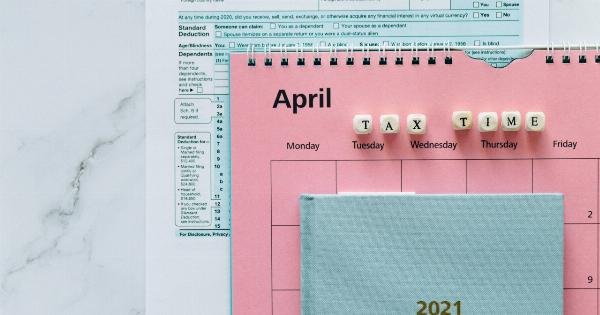When a woman discovers she is pregnant, one of the first questions that comes to mind is when her baby will be due.
Calculating the due date is an important step for both the parents and healthcare providers as it helps in planning for the arrival of the newborn, monitoring the progress of the pregnancy, and ensuring the health of both the mother and the baby. While there are various methods to estimate the due date, using a pregnancy calculator is one of the most accurate and convenient ways to determine the month in which your baby will be due.
Understanding Pregnancy Calculators
Pregnancy calculators, also known as due date calculators or gestation calculators, are online tools that use a woman’s last menstrual period (LMP) and the average length of her menstrual cycle to estimate the due date of her baby.
These calculators take into account the fact that a typical pregnancy lasts approximately 40 weeks, or 280 days, from the first day of the woman’s last period.
How to Use a Pregnancy Calculator
Using a pregnancy calculator is simple and straightforward. All you need is the date of the first day of your last menstrual period (LMP) and the average length of your menstrual cycle. Follow these steps to calculate your due date:.
Step 1: Determine the date of your last menstrual period (LMP). This is the first day of your period.
Step 2: Enter the date of your LMP into the pregnancy calculator tool.
Step 3: Enter the average length of your menstrual cycle. If you are unsure about the length of your cycle, you can use the default value of 28 days, which is the average length for most women.
However, if you know that your cycle is shorter or longer, you can enter the correct number of days.
Step 4: Click on the “Calculate” button to get your estimated due date.
Factors Affecting the Due Date
It is important to note that while pregnancy calculators provide a good estimate of the due date, the actual date can vary based on individual factors and circumstances. Some of the factors that may affect the due date include:.
1. Length of Menstrual Cycle:
The length of the menstrual cycle can vary from woman to woman, and even from month to month for the same woman. A shorter or longer menstrual cycle can affect the estimated due date.
2. Conception Date:
The conception date, which is the day when fertility and ovulation occur, can impact the due date. In cases where the conception date is known, healthcare providers may adjust the estimated due date accordingly.
3. Baby’s Growth and Development:
The growth and development of the baby can affect the length of the pregnancy. In some cases, the baby may be smaller or larger, which can lead to variations in the estimated due date.
4. Maternal Health Factors:
Maternal health conditions such as gestational diabetes, high blood pressure, or other complications can influence the length of the pregnancy and the due date.
Healthcare providers will consider these factors when monitoring and determining the due date.
5. Accuracy of Last Menstrual Period Date:
Inaccurate recall or uncertainty about the date of the last menstrual period can lead to variations in the estimated due date. This emphasizes the importance of accurate information for more precise calculations.
Additional Tips for Calculating the Due Date
While pregnancy calculators are reliable tools, it is important to keep in mind the following tips for more precise calculations:.
1. Confirm with Healthcare Provider:
Consult with your healthcare provider to confirm the due date. They may use additional methods such as ultrasound measurements or physical examinations to assess the growth of the baby and provide a more accurate due date.
2. Regular Prenatal Check-ups:
Attending regular prenatal check-ups is essential to monitor the progress of the pregnancy and ensure the health of both the mother and the baby.
These check-ups provide an opportunity for healthcare providers to assess the due date and make any necessary adjustments if required.
3. Keep Track of Fertility and Ovulation:
The more information you have about your fertility and ovulation, the better estimation you can make about the conception date and due date. Charting your menstrual cycle or using ovulation prediction kits can aid in gathering accurate information.
Conclusion
Calculating the due date of your baby is an exciting and important step in your pregnancy journey.
While pregnancy calculators can provide a good estimate, it’s important to remember that the actual due date may vary based on individual factors and circumstances. Consulting with your healthcare provider and attending regular prenatal check-ups will ensure the most accurate determination of your baby’s due date.

























